Edible landscapes
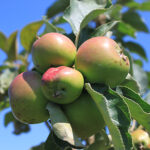
There are choices to make in any landscaping project. The microclimate can provide a place to start, then the considerations of general design and how much maintenance are one is willing to carry out, site traffic and usage, etc. Within the framework of your plans there are opportunities to go beyond visual enjoyment - your clients could actually taste the fruits of your labor!
Let’s begin by considering some plants that are readily available, or may already be in your design toolbox.
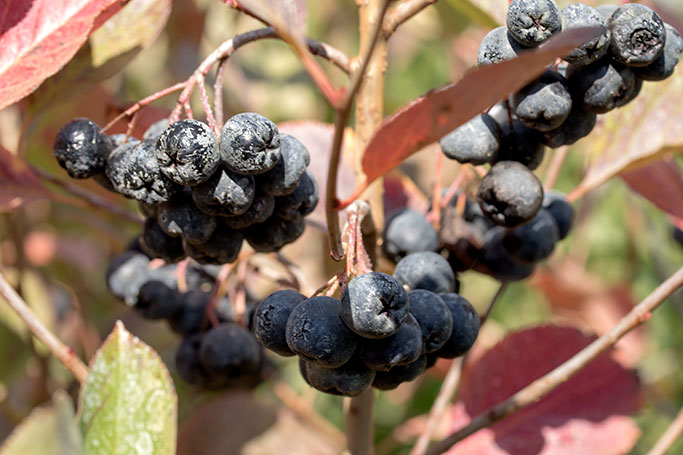
Aronia (Black chokeberry) is popular in Michigan landscapes. The white spring flowers turn into loads of nearly black berries which are eagerly eaten by birds. I encourage you to pick some for yourself - they may be exceedingly tart, but are tasty when added to sugary lemonade or made into jam. Consider Aronia m. ‘Viking’. Aside from the outstanding fall color, it's berries may be eaten right off the branch for an invigorating antioxidant-rich wallop to your tastebuds.
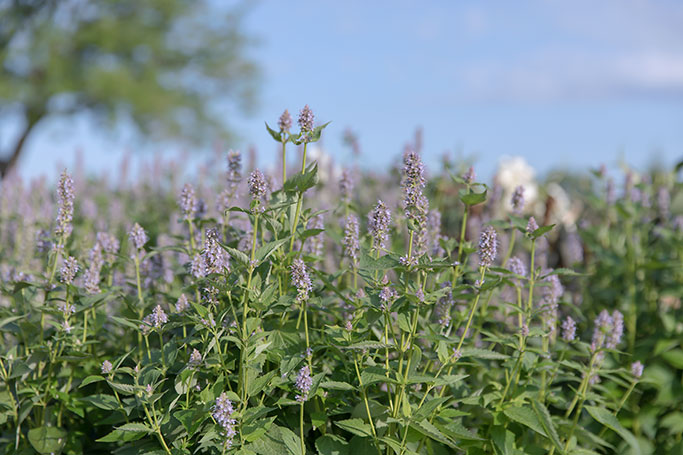
Agastache (Hyssop) is a perennial with aromatic leaves and flowers. There are blue-purple varieties and some newer cultivars in pink, coral, yellow or orange. Mix bruised leaves into tea for an alluring licorice flavor. Some varieties sway towards a mint flavor profile that I’ve enjoyed smashed into vanilla ice cream. Hyssop flowers make an enticing garnish in summer drinks.
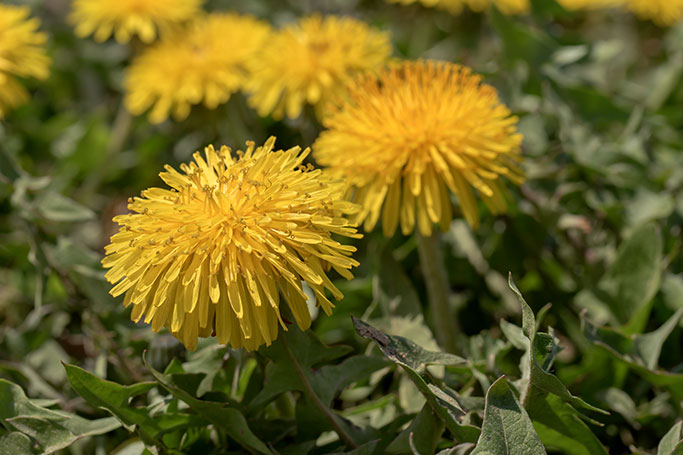
Do you have dandelions in your lawn? Besides feeding honeybees, dandelions are a versatile culinary bonanza! Not only are the leaves an excellent salad green, but the flowers are edible, as well as the roots. Young flower petals have a honey-like flavor good in tea and jam, and the entire flower head may be sauteed in butter with garlic and eaten with a little salt on toast. Dandelion roots may be dried and brewed into a medicinal tea with many benefits.
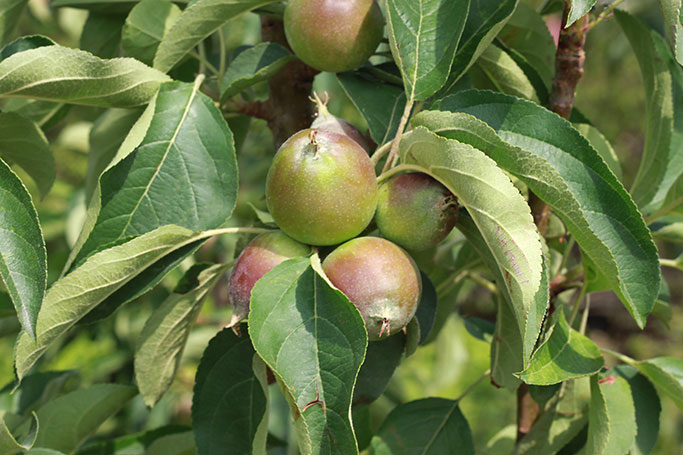
Whenever discussing eating self-harvested plants safety must be mentioned. Always consider the plant and it’s surroundings. Pesticides, fertilizers, and any other runoff from the surrounding area will make it’s way onto and into the plants. Only consume a plant that you have properly identified and be sure to know the areas exposure to potential toxins.
If there is any doubt, do not consume it!
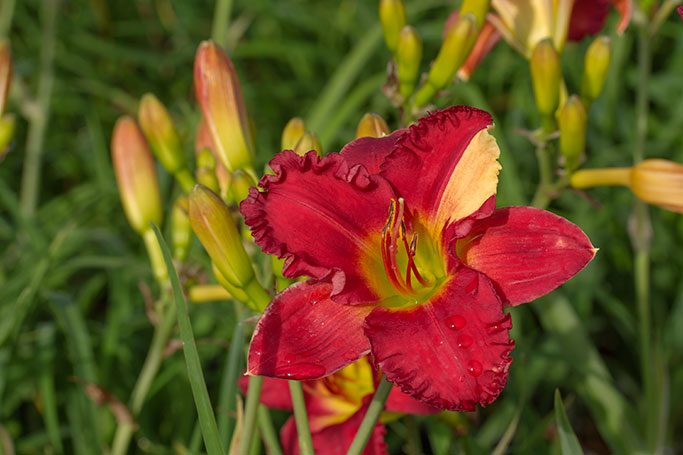
These are some of my favorite edible landscape plants:
- Borage - Annual herb with star-shaped edible blue flowers.
- Daylily - Unopened flower buds can be eaten raw or cooked.
- Pansy - The flowers are often used as a salad or dessert garnish.
- Fruit trees and shrubs - Blueberries, apples, cherries, peaches, pears, etc.
- Honeyberry - (Lonicera caerulea) Large blue-black berries, used like blueberries.
- Lavender - Aromatic flowers and foliage with countless uses.
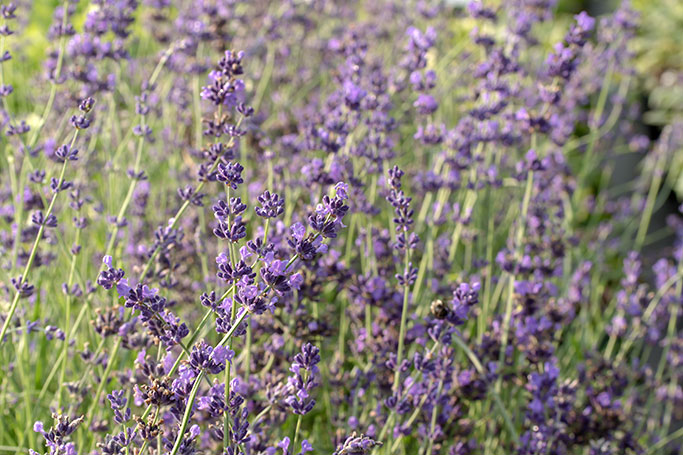
Perhaps the following recipe will inspire a patio conversation this summer.
Dandelion Wine
Boil 1 quart of rinsed dandelion flower petals in 1 gallon of water for 4 minutes, strain out and discard the petals. Allow the water to cool to under 100°f. Stir in 1 sliced orange, 1 sliced lemon, 8 cups of sugar (or 7 cups of honey), and 1 package of wine yeast and pour into sanitized plastic vessel, ideally fitted with a fermentation lock, but a towel and loose-fitted bucket lid will work. After 2 weeks decant or siphon into a secondary vessel or bottles and allow to age for at least 1 more week. Garnish with a freshly picked flower from your yard and enjoy the fruits of your labor.
